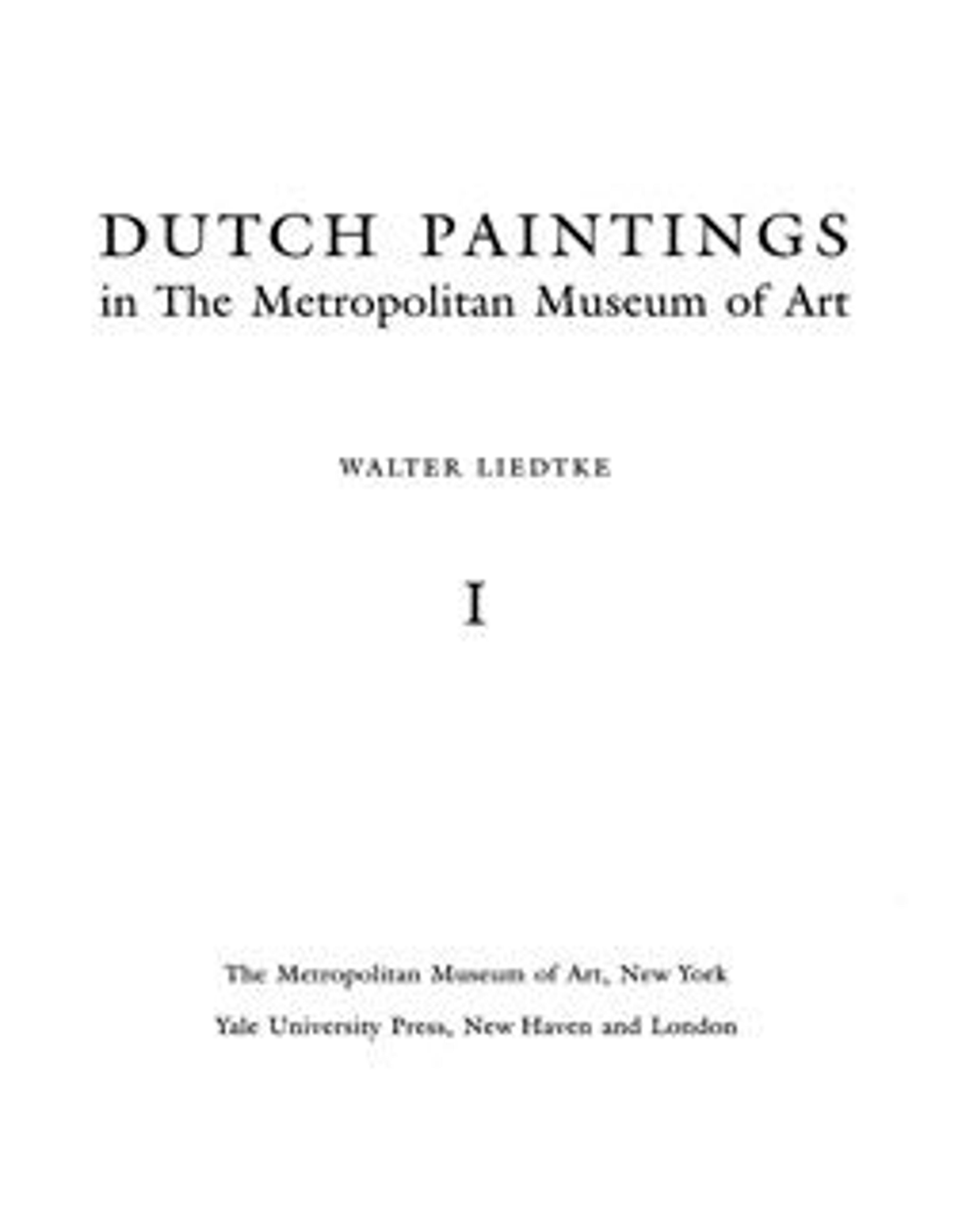Interior with a Young Couple
De Hooch was particularly skilled at interior scenes that capture the fall of light into rooms constructed from elaborately interlocking rectangular forms. These spaces provide the backdrop for a glimpse into the private lives of prosperous families. Here we see a young couple sharing an intimate moment in their bedroom; the woman gazes into a mirror on the wall while the man plays with their dog.
Artwork Details
- Title: Interior with a Young Couple
- Artist: Pieter de Hooch (Dutch, Rotterdam 1629–1684 Amsterdam)
- Date: probably ca. 1662–65
- Medium: Oil on canvas
- Dimensions: 21 5/8 x 24 3/4 in. (54.9 x 62.9 cm)
- Classification: Paintings
- Credit Line: Bequest of Benjamin Altman, 1913
- Object Number: 14.40.613
- Curatorial Department: European Paintings
More Artwork
Research Resources
The Met provides unparalleled resources for research and welcomes an international community of students and scholars. The Met's Open Access API is where creators and researchers can connect to the The Met collection. Open Access data and public domain images are available for unrestricted commercial and noncommercial use without permission or fee.
To request images under copyright and other restrictions, please use this Image Request form.
Feedback
We continue to research and examine historical and cultural context for objects in The Met collection. If you have comments or questions about this object record, please complete and submit this form. The Museum looks forward to receiving your comments.
